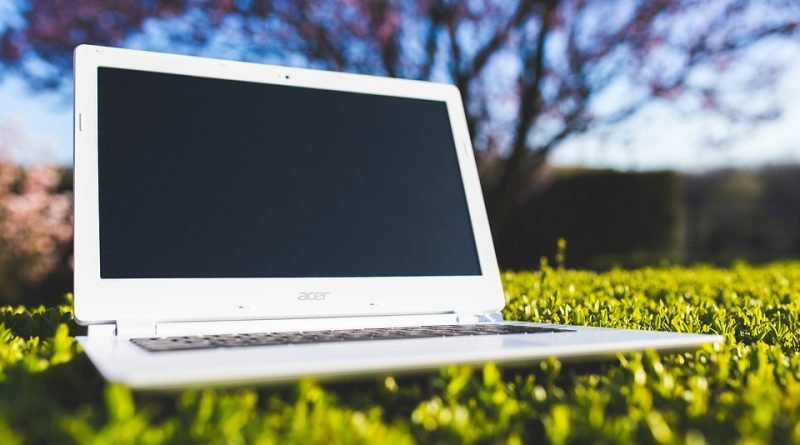Choosing a Personal Computer: Finding the Right Balance of Features
Choosing a personal computer can be a daunting task, especially with the plethora of options available on the market today. From laptops to desktops, and from Macs to PCs, there are endless choices to consider. With so many features and specifications to take into account, it can be overwhelming to find the right balance that meets your needs and budget. Here are some tips to help you navigate the process of choosing the perfect personal computer.
The first step in choosing a personal computer is to identify your needs. Are you a casual user who mainly uses the computer for browsing the internet and checking emails? Or are you a power user who needs a high-performance machine for demanding tasks such as gaming or video editing? Understanding how you will be using the computer will help you narrow down your options and focus on the features that are most important to you.
Once you have identified your needs, the next step is to consider the key features that will impact your computing experience. One of the most important features to consider is the processor. The processor is the brain of the computer and determines how fast it can perform tasks. For casual users, a mid-range processor such as an Intel Core i5 or AMD Ryzen 5 should be sufficient. However, power users may want to invest in a high-performance processor such as an Intel Core i7 or AMD Ryzen 7 for enhanced speed and multitasking capabilities.
Another important feature to consider is the amount of RAM (Random Access Memory) in the computer. RAM is responsible for storing temporary data that the computer needs to access quickly. The more RAM your computer has, the better it will be able to handle multitasking and resource-intensive applications. For casual users, 8GB of RAM should be sufficient, while power users may want to consider upgrading to 16GB or more for optimal performance.
Storage is another key feature to consider when choosing a personal computer. Traditional hard drives offer a large amount of storage space at a lower cost, but solid-state drives (SSDs) are faster and more reliable. Many computers now come with a combination of both a hard drive and an SSD for the best of both worlds. Consider how much storage space you will need for your files, applications, and media, and choose a computer with the appropriate storage capacity.
In addition to these key features, there are a number of other factors to consider when choosing a personal computer. These include the display size and resolution, graphics card, battery life (for laptops), and connectivity options such as USB ports, HDMI, and Bluetooth. It’s also important to consider the operating system and software that the computer comes with, as well as additional features such as touchscreen capability, fingerprint sensors, and backlit keyboards.
Ultimately, finding the right balance of features for your personal computer will depend on your individual needs, budget, and preferences. By identifying your needs, considering key features, and conducting thorough research, you can make an informed decision that will provide you with a computer that meets your requirements and enhances your computing experience.
